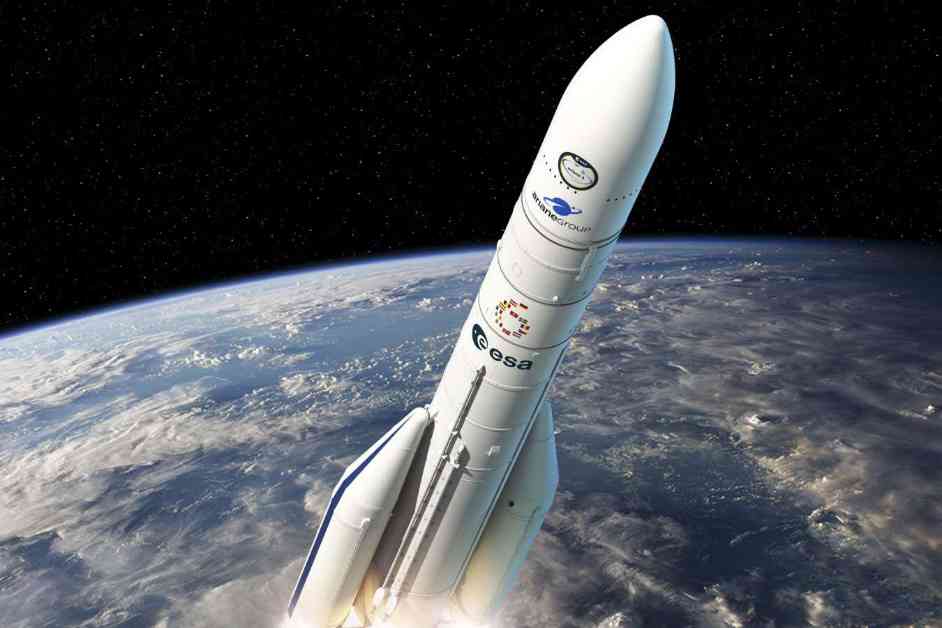Europe is gearing up to regain its satellite launch capabilities with the upcoming launch of the Ariane 6 rocket after the retirement of the Ariane 5. The Ariane 6 rocket, the latest model in the Ariane line of rockets, is set to have lower expected launch costs and aims to not only handle government launches but also offer commercial launch services.
Standing at 63 meters tall with a diameter of 5.4 meters, the Ariane 6 rocket can launch up to 21,650 kilograms to low Earth orbit. While it may not have the same payload capacity as some other rockets like NASA’s Space Launch System or SpaceX’s Starship, it is designed for lower costs and simpler production. The rocket was initially scheduled to fly in 2020 but faced several delays.
The launch of the Ariane 6 rocket is set for 9 July from ESA’s site in French Guiana with a live stream available on ESA’s website. During the launch, the rocket will be powered by its main engine, the Vulcain 2.1, and two disposable boosters. It will reach an elliptical orbit before releasing eight satellites and burning up in the atmosphere.
Looking ahead, a successor to the Ariane 6, known as Ariane Next, is already in development and is set to be a reusable rocket similar to SpaceX’s Starship. This new rocket is expected to launch in the 2030s, addressing the main criticism of the Ariane 6 for not being reusable.
The launch of the Ariane 6 rocket marks a significant milestone for Europe’s space industry and sets the stage for future developments in satellite launch capabilities. With advancements in rocket technology, Europe aims to stay competitive in the global space market and continue to expand its presence in space exploration.






